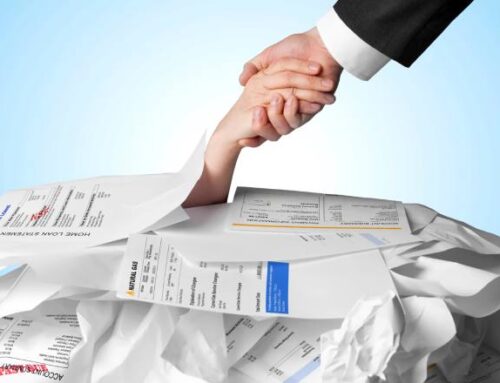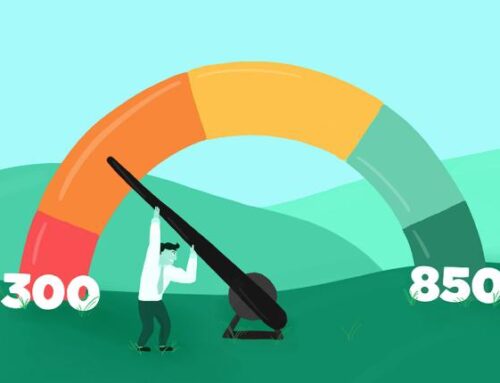Here’s the basic rundown:
1. Determine Your Course
First in a Chapter 7 case, we determine what are your total debts (money you owe) and assets (property you own – such as car, house, tools, etc.). We start by providing a credit check which generally lists all or your debts. Sometimes debts are not listed on a credit report but we will work with you to properly list and account for unreported creditors.
2. Prepare Petition
Once we have made the determination that you qualify for a Chapter 7, we will prepare your petition. The information contained in the petition consists of all your creditors and their addresses, all of your property, your state exemptions and your personal information such as address, date or birth, and marital status.
Chapter 7 eligibility now has to be means tested.
Chapter 7 eligibility now has to be means tested. The good news is that the means test amount is based on income averages for the Central District of California (not nationwide) The Central District includes:
- San Luis Obispo County
- Santa Barbara County
- Ventura County
- Los Angeles County
- Riverside County
- San Bernardino County
- Orange County
These are all high-income venues and therefore the medium income is high compared to the rest of the nation. Most of our clients pass the means test and are able to file a Chapter 7. We will calculate and make the means test determination for you as part of our service.
3. Online Credit Class
Before you file your Chapter 7 case, you will be required to take an online credit counseling class. Once you take that class and print your certificate of completion, we can prepare and file your bankruptcy case.
4. Keep Creditors Away
Once your case is filed, the “Automatic Stay” takes effect. An Automatic Stay is an injunction. It is a bar to all creditors from taking any further debt collection actions. The creditors are not even allowed to contact you while the stay is in effect. There are some exceptions to the Automatic Stay but they are few.
5. Make No Mistakes
A copy of the Petition is given to the U.S. Trustee, which independently analyzes the petition for accuracy. What that means is if the Trustee is able to take advantage of any mistakes in the Petition, he or she will do so. If those mistakes involve the improperly calculating the state exemptions, the trustee may try to sell the property. It is therefore very important not to make any mistakes when preparing the petition.
Mistakes are costly. We do not make mistakes. We will not file a petition if there is any possibility that the Trustee would be able to liquidate your property. We are aware of all the pitfalls and questionable propositions that are often put forward by those who do not know what they are doing. Experience and expertise is crucial.
If we can’t help, we will not file a case for you and will not take any money from you.
6. Meeting the Trustees
When the petition is filed, you will be told the date that you must appear before the U.S Trustee and be questioned regarding the contents of your petition. The trustee will require that you bring the following:
- IDENTIFICATION (valid Driver License, ID or Passport)
- SOCIAL SECURITY CARD or acceptable equivalent
- TAX RETURNS / PAY STUBS (you will be required to have 2 years of tax returns and 6 months of pay stubs, if you are employed)
Although it is often frightening to appear before a public official, the trustee is generally concerned with the accuracy of your bankruptcy paperwork. If your paperwork is correct, then generally you will only be asked “yes” and “no” questions, such as:
- Did you list all of your creditors?
- Did you list all of your property?
- Is your name and address correct?
7. Meeting the Creditors
On some occasions a creditor may appear at the hearing to ask about the whereabouts of secured property, such as a car or jewelry purchased on credit. Their questions are usually very limited and in our experience they rarely appear. We will prepare you to properly answer the Trustee’s questions so that you will have no surprises. We will appear with you and guide you through this hearing (called a 341(a) Meeting of Creditors).
8. Debtor Education Course
Once your Trustee hearing is completed, the Trustee will file a “No-Asset Report” with the court, (assuming that you have no non-exempt assets). You will have to take a follow-up on-line debtor education course.
9. Discharge, Your Fresh Start!
Once these are completed the court will issue a discharge within 60 to 90 days. This is a permanent injunction barring creditors from any further debt collection from the debt that you listed in your petition. This will also serve as the conclusion of your case.
A Chapter 7 is usually completed in about 3 months, whereas a Chapter 13 takes 5 years.






